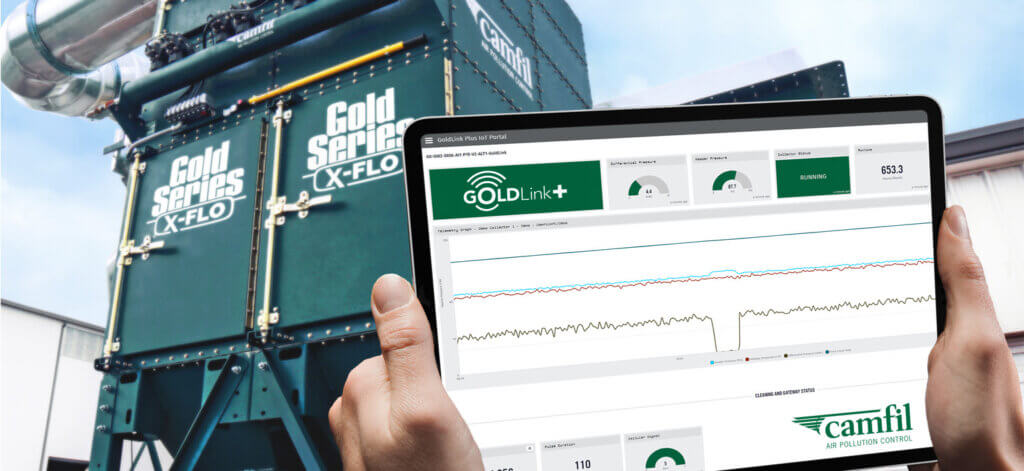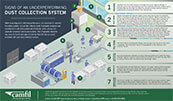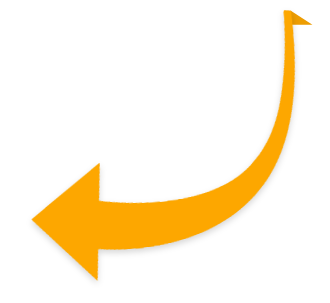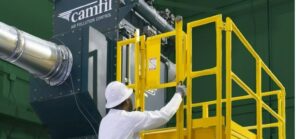This blog post is about dust collector filter monitoring, an IoT technology that is now being implemented more widely. The purpose of this technology is to save money on energy costs and consumables by running dust collectors more efficiently. Remote filter monitoring can give production engineers, facility managers, and other plant personnel confidence that the dust collector is doing its job so they can focus their attention on critical production processes.
It can be difficult to know if the dust collector is operating efficiently without constantly doing pressure readings and visual checks of equipment status. Additionally, it can be difficult to know when the filters need replacing, as running them for too long can increase electricity usage and harm collector performance.
Monitoring differential pressure
By monitoring differential pressure remotely 24/7, the system can alert users when their high differential pressure set points are hit, which can indicate issues that may require attention.
Most quality brand industrial dust collectors have pulse cleaning systems that continually blow the dust off the filters to keep pressure drop low. Pulse cleaning helps the cartridges last longer, and premium-quality filters can last twice as long. Click here to watch a 1-minute video explaining how pulse cleaning works.
But even quality filters will eventually run inefficiently and need to be replaced when the collected dust particles become too deeply embedded to pulse off. Also, unforeseen incidents can occur that hurt performance and cause a surge in pressure drop.
Filter monitoring systems like Camfil’s GoldLink+™ system are good preventive maintenance tools that optimize dust collection and reduce overall downtime costs.
Here are some situations that would be quickly discovered by a filter monitoring system:
- Someone forgot to turn on the cleaning system or the compressed air, and the filters haven’t been cleaning.
- The hoppers/dust bins are full and loading over the filters, causing high differential pressure.
- The filters have become too loaded to work effectively and require a change-out.
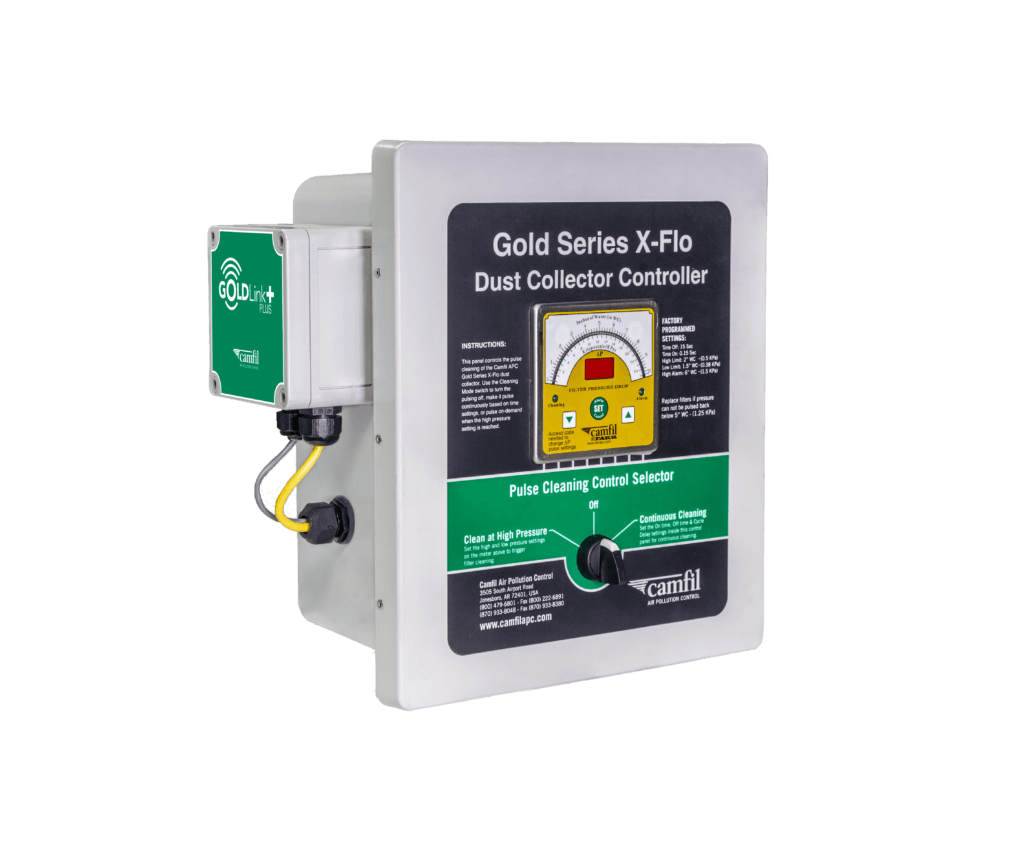
How filter monitoring works
The Camfil Gold Link+ device is a small box that is equipped with a 4-20mA differential pressure sensor. This device can be installed in the control panel of any new or existing dust collector. Once the device is powered up, it starts measuring overall dust collector readings.
The pressure data is then transmitted to the cloud through a secure cellular modem, where it is monitored by Camfil personnel at the Jonesboro headquarters. This ensures that all data sent through the cellular network is fully encrypted end to end, providing a fully isolated cloud connection without going through plant Ethernet networks.
Camfil stores the data in its database, where any "out of range" readings trigger an alarm notification. Camfil views the data and alerts the user to any issues that may require attention. Typically, high pressure readings signal that it is time to change out the filter cartridges.
In addition to receiving alerts, users can view the current status of their filters via Camfil's dashboard. If users have multiple dust collectors across multiple locations, they can view all data simultaneously for comparison purposes and analysis of performance trends.
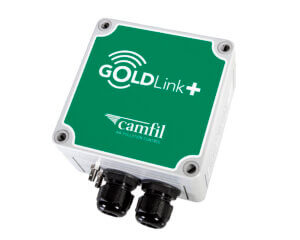
Advantages of filter monitoring
- Eliminate manual performance checks
- Reduce downtime
- Reduce filter changeout
- Proactive maintenance
- Reduce energy usage
- Automatically capture performance data required for regulatory compliance reports
- Monitor operator exposure risks
To learn more about how filter monitoring can reduce headaches and operating costs, click here or contact a Camfil dust collection expert.
